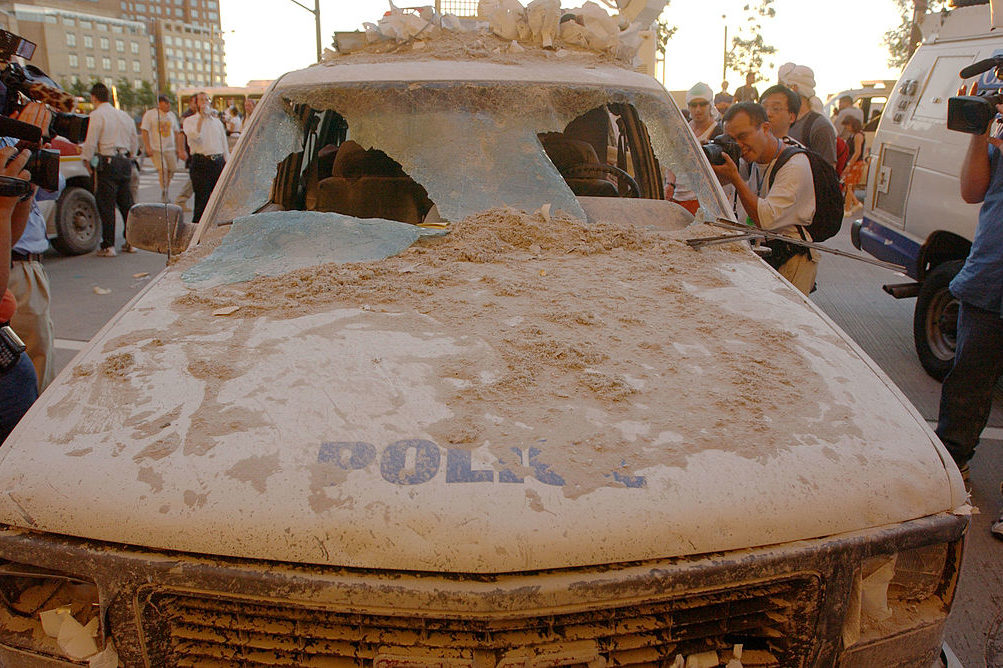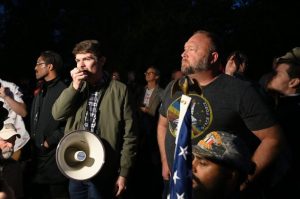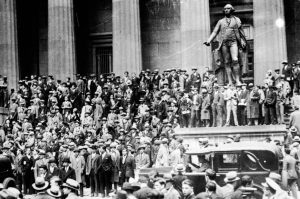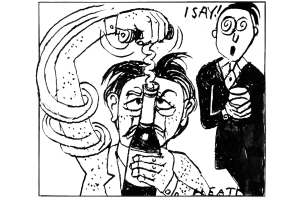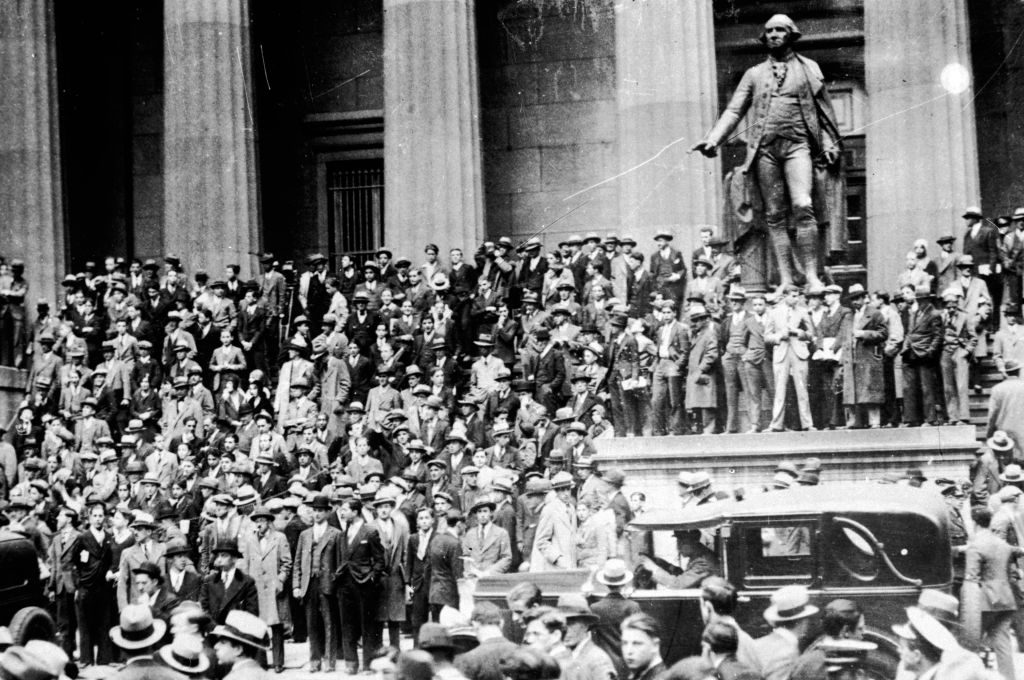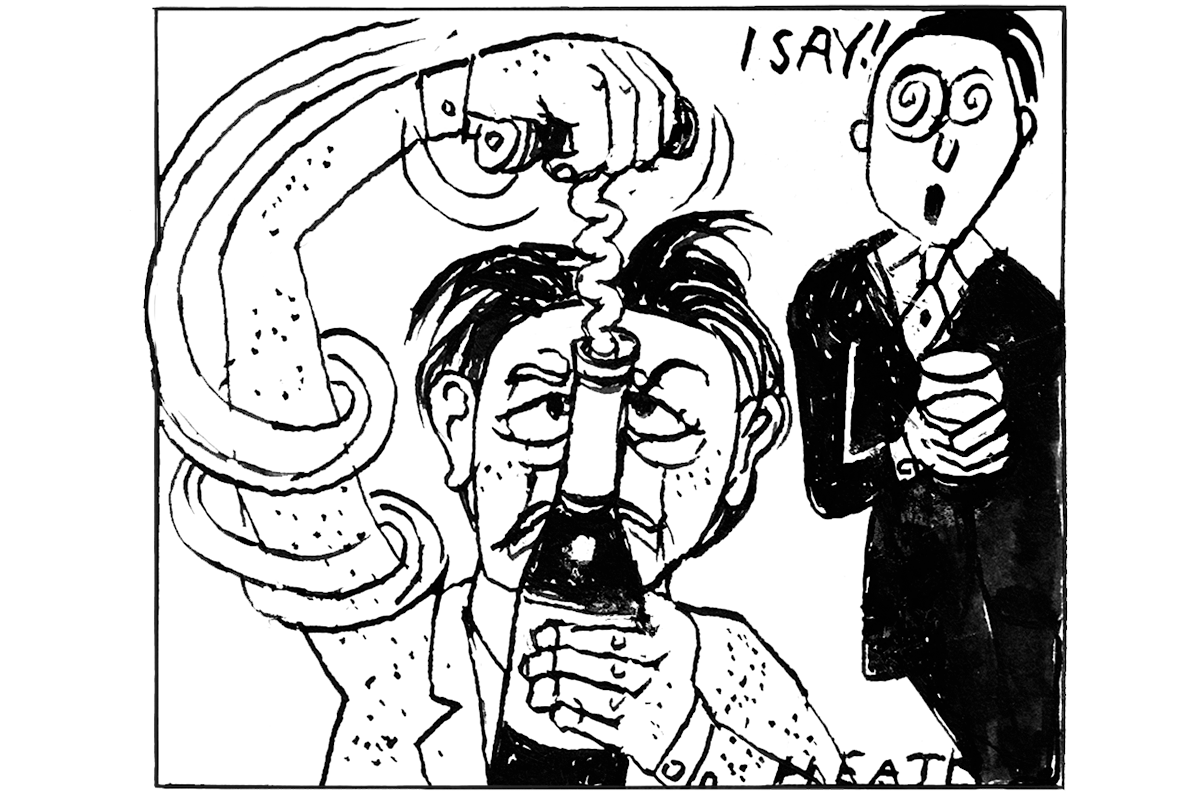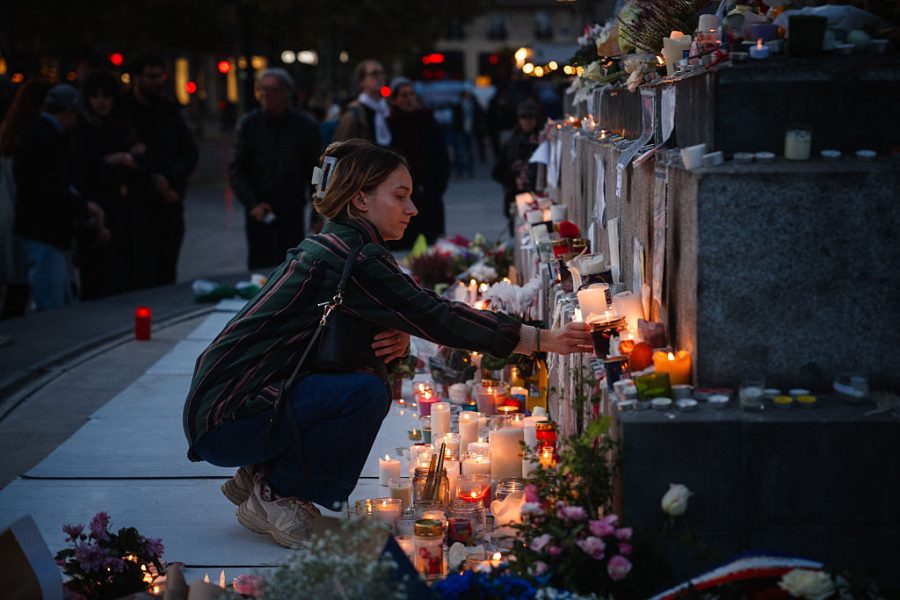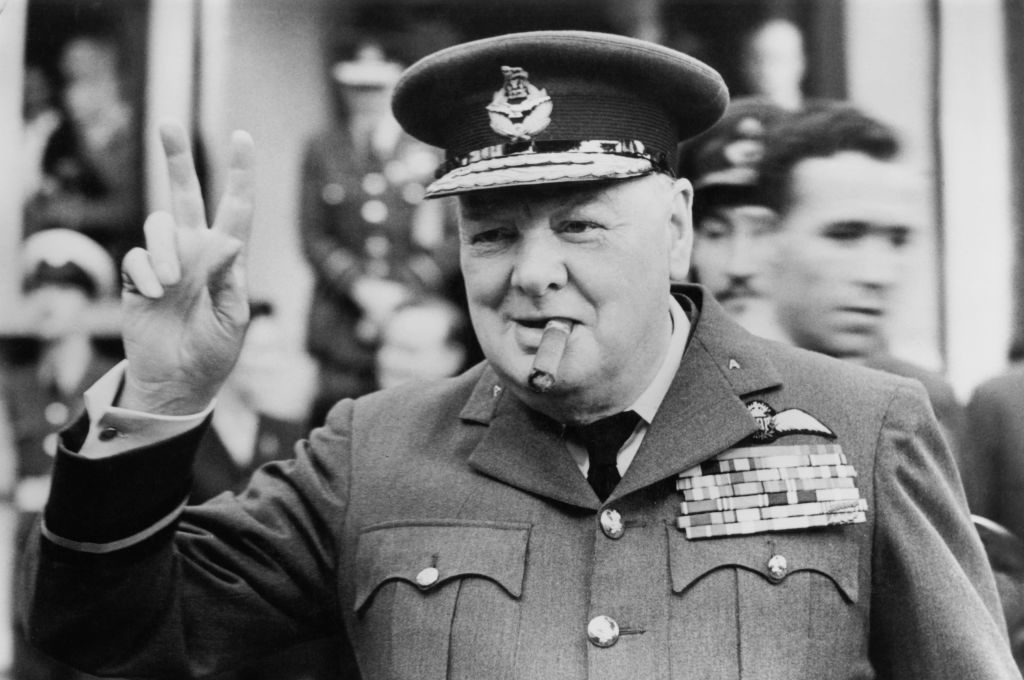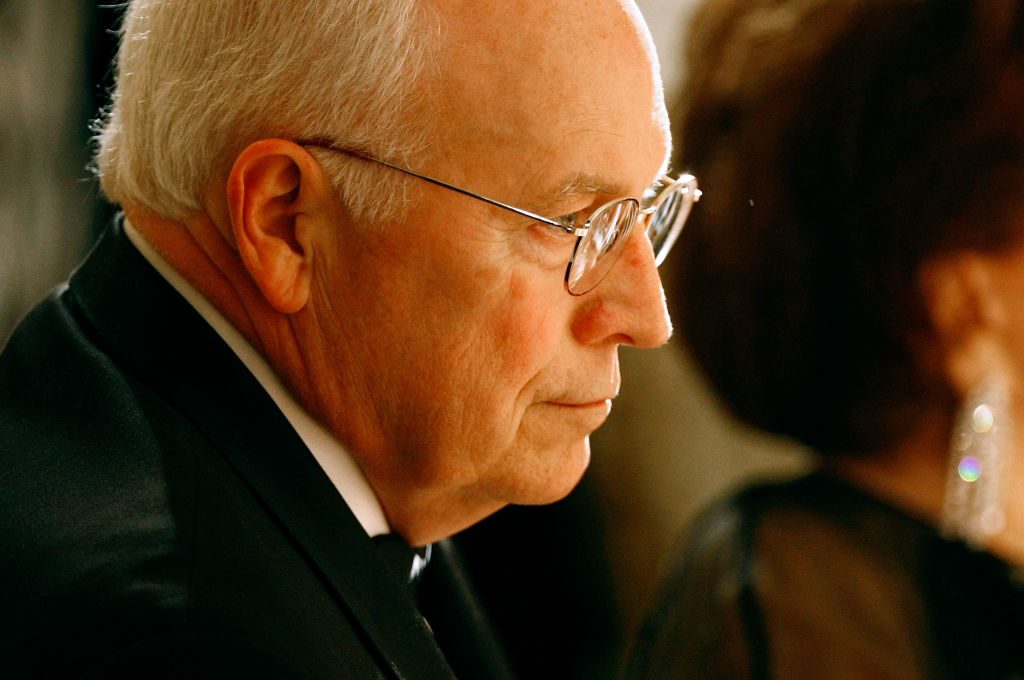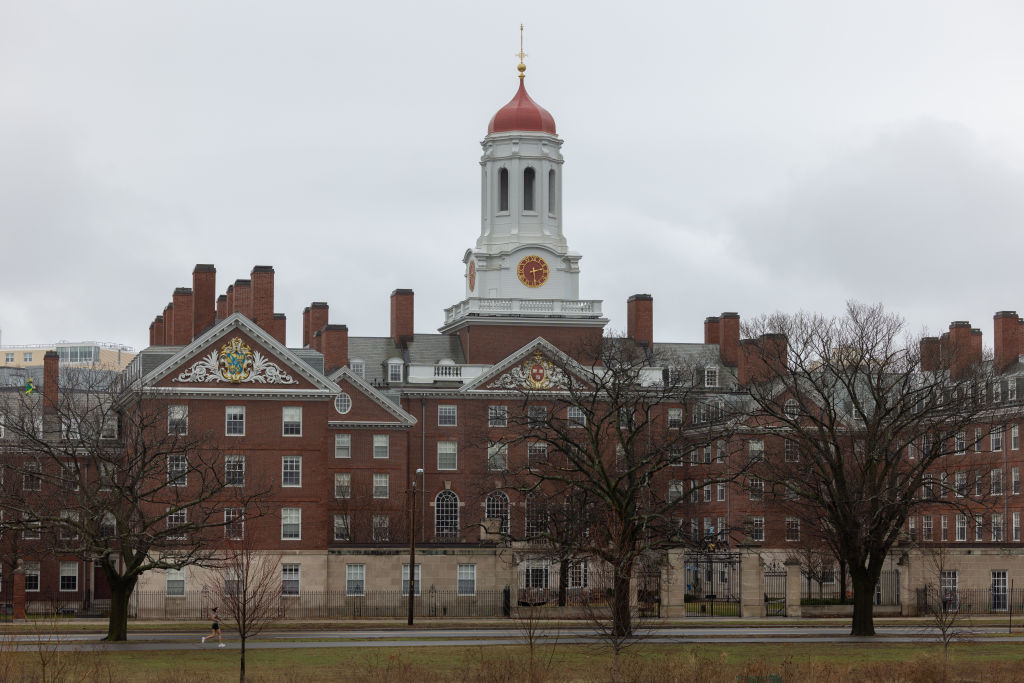Have you ever wondered what American schools teach about 9/11? Here is a partial answer. I’ve reviewed five of the most popular American history textbooks for high school. They are:
- American History, 2018 edition, HMH Social Studies (no author listed, but Colon is the first name on the “Educational Advisory Panel)
- United States History and Geography, 2018 edition, McGraw Hill (by Appleby, Brinkley, Broussard, McPherson, and Ritchie)
- United States History, 2016 edition, Pearson (Lapsansky-Warner, Levy, Roberts, and Taylor)
Plus these two intended for advanced placement American history classes:
- America’s History, Ninth Edition, Bedford St Martin’s (by Edwards, Hinderaker, Self, and Henretta)
- The Unfinished Nation, Ninth Edition, McGraw Hill (by Brinkley, Huebner, and Giggie)
The titles are so similar as to be in some cases indistinguishable that it will be better if I refer to them by the bolded names: Colon, Appleby, Warner, Edwards, Brinkley, or collectively as CA-WEB. The names I’m using shouldn’t necessarily be taken as representing the actual authors. All five books are vastly collaborative products assembled by teams of writers and editors under the supervision of other more senior editors, and homogenized by still more senior editors. This isn’t history through the eyes of a latter-day Herodotus or Thucydides, or a Francis Parkman or a Samuel Eliot Morison, or even for that matter a Howard Zinn. History books like that have a definite personality and you get to know the author. The most you can say about CA-WEB is that you get to know the corporate slant.
And if you are of a certain age, you would find these books don’t look much like history books of yore. Colon, which weighs 6.6 pounds (shipping weigh per Amazon) could be used to stop a bullet. And given the conditions surrounding some of our schools, perhaps it has. All of these books are elaborately illustrated and printed in kaleidoscopic colors. They are generally available, of course, online for the COVID confined generation.
What of 9/11?
Colon
Colon devotes more than half of a page to the attack. It is part of Module 27, Lesson Two, titled ‘The Bush Administration’, running from pages 1,230 to 1,242. The key paragraph is concise and factual, beginning, ‘Nineteen Arab terrorists hijacked four commercial jets and used them as missile in an attempt to destroy predetermined targets.’ There is nothing amiss in what follows this dryly factual statement. A brief follow-on paragraph, however, give a hint of the horror: ‘About 3,000 people were killed in the attacks — the most destructive acts of terrorism in modern history. These included all the crew and passengers on all four planes, workers and visitors in the World Trade Center and the Pentagon, and hundreds of rescue workers.’
Completely absent from Colon’s initial account is any hint of the motives of the ‘terrorists’.
The following paragraph subtitled ‘Rescue and Recovery’ is written in a more dramatic tone, with phrases such as, ‘Amidst the brutal destruction’, ‘courage selflessness, and noble actions’, ‘around the clock’, and ‘shifting rubble and smoky, ash-filled air…’
Colon’s next section is subtitled ‘Pursuing the Attackers’, and it tells us something about Osama bin Laden, al-Qaeda and the Taliban. Al-Qaeda is identified as ‘a global, militant Islamist organization’. Just what that phase means is left opaque. Turn the page and we are in a new section, ‘Antiterrorist Measures’ that deals with the USA PATRIOT Act.
Colon succeeds in reducing 9/11 to a horrifying act in the early years of the Bush administration carried about by ‘terrorists’ for obscure reasons.
Appleby
Appleby devotes almost as much space but far fewer words to the attack on 9/11. The space is taken up by a photo of President Bush standing beside a NYC fireman and speaking through a bullhorn, and by a world map on the facing page title ‘Major Terrorist Attacks 1993-present’. The entirety of the 9/11 description on page 832 is as follows:
‘GUIDING QUESTION What contributed to the rise in terrorist groups, and why did these groups resort to violent attacks?
‘On September 11, 2001, two passenger jets slammed into the two towers of the World Trade center in New York City. Soon afterward, a third plane crashed into the Pentagon in Washington, DC. Within two hours, the World Trade Center collapsed in a billow of dust and debris, killing nearly 3,000 people. The airplanes did not crash accidentally. Hijackers deliberately flew them into the buildings. Hijackers had also seized a fourth airplane. Passengers on that flight had learned of the earlier attacks. Four passengers decided to fight the hijackers, and the plane crashed in a field in Pennsylvania.’
The tiny-steps-for-baby-feet style of writing must make Appleby’s book sheer torture for any high school student who can actually read, but the paragraph is factually faultless. Even more than Colon, Appleby bypasses human agency. Where Colon gave us ‘terrorists’ of unknown motive, Appleby gives us ‘hijackers’ of even more obscure motive.
But we shouldn’t forget Appleby’s ‘guiding question’. The next section, ‘Middle East Terrorism and the United States’, takes us much deeper into an explanation than Colon ventures. Here we learn that:
‘In the 1920s, the United States invested in Middle East Oil. The ruling families in some kingdoms grew wealthy, but most other groups remained poor. Many Muslims feared their traditional values were weakening as the oil industrialists also brought Western ideas into the region.’
A paragraph later (below that bristling map) Appleby adds: ‘The United States support of Israel also angered many in the Middle East.’
A further section describes ‘The Rise of Al-Qaeda’, before we turn the page to ‘The War on Terrorism Begins’.
Appleby gets points for at least trying to establish a context that bears on what the 9/11 attack was about. Blaming the oil industry and Israel as an object of Arab hostility are highly doubtful interpretations of what happened. Bin Laden was a wealthy man from a wealthy family and the hijackers were not poor. The focus on Muslims fearing their ‘traditional values’ to be in jeopardy might be a way to lead students to the apocalyptic vision of Islamic jihad, but Appleby perhaps has edged as close to that truth as McGraw Hill thought prudent.
Warner
Warner devotes about the same amount of space to 9/11 as Appleby, but considerably more photography. Starting on page 852, we have side-by-side photos of orange flames bursting out of the north and south towers of the World Trade Center, a helicopter flying over the Pentagon while black smoke pours out of the ruins, Osama bin Laden wearing camo and holding a microphone, and a line of ‘Never Forget 9-11-01′ American flags on a freeway overpass in California on the fifth anniversary. Warner also gives us a block quotation of President Bush’s public statement on the day of the attack — in contrast to Colon and Appleby who leave the impression that Bush’s only significant response was to launch the ‘War on Terror’.
Warner’s description of the 9/11 events is fairly dramatic:
‘As the first anniversary of Bush’s election victory approached, the nation faced a number of important but typical problems. No one was expecting devastating attack that would stun the nation and usher in a new era in U.S. history. Shortly before 9 A.M. Eastern time on September 1, 2001, American Airlines Flight 11 slammed into the north tower of the World Trade Center in New York City.’
Notice the skill of the writer in setting a large stage complete with foreshadowing and balancing it with exact detail: 9 A.M. Eastern time; American Airlines Flight 11. I give points to Warner for telling the story that makes the reader pay attention, which neither Colon nor Appleby bothered to do.
Warner also provides a little bit more explanation of why this happened:
‘Americans soon began to realize that the 9/11 attacks were the most destructive in a series of attacks that al Qaeda had launched against the United States. Al Qaeda led by Osama bin Laden, the son of a wealthy businessman from Saudi Arabia, was a terrorist group committed to an extreme form of Islam, One of its goals was to end all American involvement in Muslim countries.’
Warner proceeds to describe al-Qaeda’s previous attacks, from the 1993 bombing on the World Trade Center to the 2000 attack on an American ship in Yemen — the same data in Appleby’s map, but Warner gives it a pulse and a thread of meaning.
Warner’s next section is ‘Americans Unite in Troubling Times’, which captures the sudden outpouring of patriot feeling that followed the attacks — which Colon and Appleby simply ignore.
Warner wins points in the next section as well, ‘The Legacy of 9/11’ which opens: ‘September 11, 2001 became a watershed in modern American history, when Americans’ confidence in their nation’s security was deeply shaken.’ Indeed it was, but the passage casts a shadow on Colon and Appleby who manage to give a factually accurate account that provides no hint that 9/11 had a ‘legacy’ and the legacy has something to do with our national confidence.
Edwards
Edwards devotes two spare paragraphs to 9/11 accompanied by a single photograph of the World Trade Center in flames. The passage begins with a jab at President Bush:
‘As a candidate in 2000, George Bush had said little about foreign policy. He had assumed his administration would rise or fall on his domestic program.’
This sets up an antithesis:
‘But nine months into his presidency, an altogether different political scenario unfolded. On a sunny September morning, nineteen Al Qaeda terrorists hijacked four commercial jets and few two of them into New York City’s World Trade Center, destroying its twin rowers and killing nearly 2,900 people.’
This again is accurate but notice that the meaning of the event is displaced almost entirely onto the irony that the domestic policy minded President Bush had to deal with a foreign policy crisis. Edwards turns immediately to the invasion of Afghanistan, marred by the ‘failure to catch the big prize’, Osama bin Laden, and then on to ‘The Invasion of Iraq’.
Edwards offers literally nothing on why the US was attacked or what it meant to Americans.
Brinkley
Brinkley, like Edwards, devotes a single short paragraph to 9/11 , accompanied by a photograph of the World Trade Center in flames, pages 813-14. The paragraph in its entirety is:
‘Most Americans, however, considered terrorism a problem mainly confined to other nations. That changed swiftly on September 11, 2001, when Al Qaeda terrorists, in a series of coordinated attacks, hijacked four planes. They drove two into the World Trade towers in New York, collapsing both structures; and another into the pentagon outside Washington, damaging it heavily. The final plane, on route to Washington, crashed in rural Pennsylvania after passengers fought with the hijackers. Nearly 3,000 Americans were killed. The 9/11 attacks jolted Americans out if any sense of complacency and made them confront the dangers of international terrorism. They also initiated a new and aggressive campaign by the federal government and military to combat foreign threats to American security.’
The tone is aloofly factual. Brinkley is providing data, not telling a story, and nothing in this account of the events hints at motives or meaning. The attacks ‘jolted’ Americans and ‘initiated’ an ‘aggressive campaign’. Such language could as well describe an incident in which someone riled up a dog. There is no sense of the 9/11 attacks as a profound moment of American self-reckoning.
Although Brinkley is terse on the actual attack, he is stronger on context. His description of the 9/11 attacks comes as the final paragraph of a section subtitled ‘The Rise of Terrorism’. Like Appleby, Brinkley attributes the attack, at some deep level, to Middle Eastern ‘poverty’.
‘Many citizens of nonindustrialized nations resented the way the world economy had left them in poverty. In their view, the developed world exploited and oppressed them. In some parts of the nonindustrialized world — particularly in some of the Islamic nations of the Middle East — the increasing reach of globalization created additional grievances, rooted not just in economics but also in religion and culture.’
This brings Brinkley to the 1979 Iranian Revolution and to the rise of terrorism, where we learn ‘Jews used it in Palestine against the British before the creation of Israel’. Another paragraph summarizes terrorist attacks against America, including the attacks by a ‘militant right-wing movement’ in which Timothy McVeigh blew up a federal building in Oklahoma City in 1995.
Brinkley’s contextualization of 9/11 is actually a kind of de-contextualization in which events that had no real connection to the al-Qaeda attack are marched on stage to remind the reader that lawless and violent people had been doing lawless and violent things in many places before the airliners were turned into weapons of mass destruction. And the terrorists had grievances of some sort connected to poverty, religion, and culture.
These five books are on the whole disappointing in their treatments of one of the defining moments in post-World War Two American and world history. They are factually accurate but estranged from the meaning of what happened — the meaning for the terrorists but even more so the meaning for Americans. With the exception of Warner, these history textbooks minimize the events of that day, not by understating the body count, but by portraying the attacks as just something that happened. To the extent those events have importance in the eyes of these instructors, it arose from the ‘War on Terror’ that followed.
Do these books represent the best we can do in teaching children born after 9/11 what that catastrophe meant and still means to Americans? Or do they represent an antiseptic effort to push 9/11 into a past, quarantined from our present discontents? Today our schools and all too many of our teachers are head-over-heels in the effort to teach 1619, anti-racism and America as wall-to-wall oppression. Their ideology is a distant cousin, but a cousin nonetheless, of those who 20 years ago sought to destroy the symbols of American pride. Without exactly denying what happened on 9/11, many teachers using these textbooks and others like them seem to be on track to turning that history into dust.
Peter Wood is the author of 1620: A Critical Response to the 1619 Project and Wrath: Enraged America. He is president of the National Association of Scholars.



